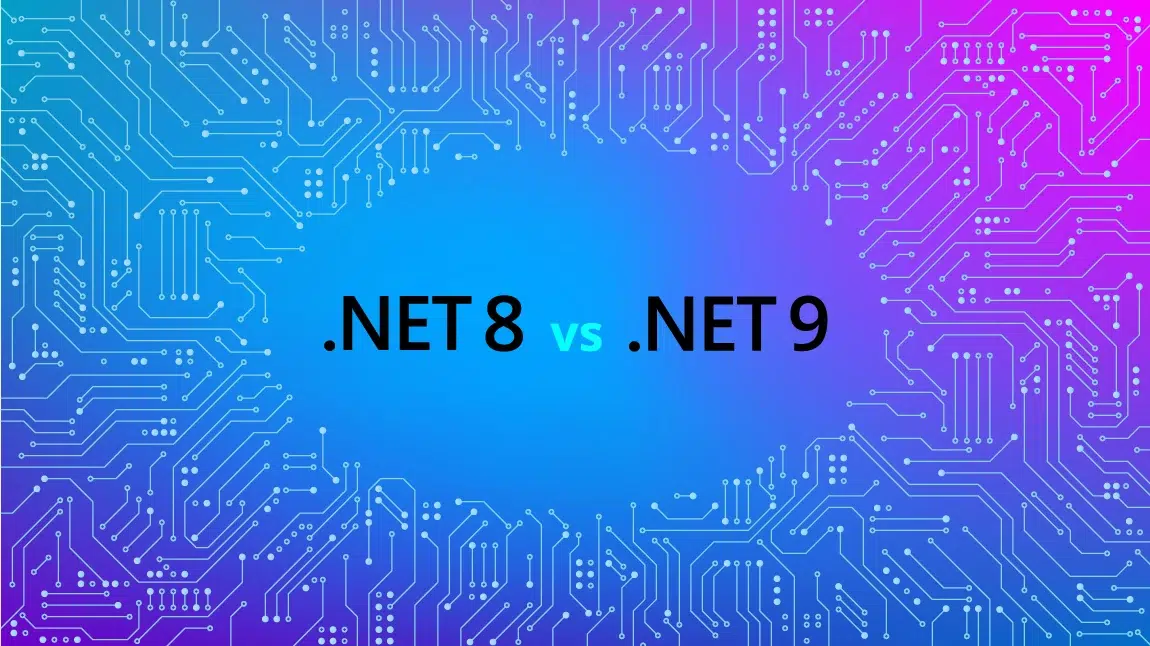by Sergio Morales, Principal Data Engineer at Growth Acceleration Partners.
In recent years, the field of Artificial Intelligence (AI) has witnessed a transformative shift with the advent of powerful pre-trained models. These off-the-shelf models have become indispensable tools for developers and data scientists, enabling them to expedite the development of various applications without the need to train models from scratch.
Hugging Face’s Transformers library has emerged as a key player in democratizing access to these state-of-the-art models. This article explores the significant potential of off-the-shelf AI models and delves into how Hugging Face’s Transformers library greatly simplifies the process of integrating these models into various projects.
The Rise of Transfer Learning
Traditionally, building effective machine learning models has required substantial computational resources and time for training on vast datasets. However, with the appearance and wide availability of pre-trained models, developers can now leverage sophisticated AI model implementations derived from extensive training on diverse datasets. By utilizing these pre-trained models, developers can significantly reduce research and development time, as well as computational costs.
This is accomplished through a technique known as transfer learning, which is a machine learning paradigm that leverages knowledge gained from solving one task to improve the performance on another related or unrelated task. Transfer learning happens by pre-training a model on a large dataset for a particular task and then fine-tuning it on a smaller dataset for a different task. This approach is particularly advantageous when labeled data for the second target task is limited. Transfer learning has proven to be a powerful technique in various domains, and it is the principle behind Hugging Face’s Transformers library.
No doubt, Hugging Face’s Transformers library has played a pivotal role in simplifying the integration of pre-trained Natural Language Processing (NLP) models into a wide array of applications. The library provides a comprehensive collection of state-of-the-art models backed by Hugging Face’s Model Hub, all while offering a series of APIs for developers to seamlessly incorporate these models into their projects, regardless of their proficiency level in machine learning.
Key Features of Hugging Face’s Transformers
- Diverse Model Support: Hugging Face’s Transformers supports a wide range of pre-trained models for various NLP tasks. This diversity allows developers to choose models that best suit their specific application requirements.
- Easy Integration: The library provides a simple and consistent API, making it easy for developers to integrate pre-trained models into their code. This reduces the learning curve and accelerates the development process.
- Model Hub: Hugging Face’s Model Hub serves as a centralized repository for sharing and discovering pre-trained models. This collaborative platform fosters knowledge exchange and enables developers to access cutting-edge models contributed by the community. It can be likened to Git, both serving as repositories but in different domains. While Git is a version control system for code, the Model Hub specializes in hosting pre-trained machine learning models.
- Fine-Tuning Capabilities: Developers can fine-tune pre-trained models on domain-specific datasets, tailoring them to specific applications. That is to say, developers aren’t stuck with how a model has been trained, and can enhance it further towards a specific specialization using the library’s API. This flexibility enhances the adaptability of off-the-shelf models to diverse use cases.
Transformers and Tasks
The versatility of Hugging Face’s Transformers extends across various domains. A distinctive feature of the library is its task-oriented approach, which allows developers to seamlessly tackle specific NLP tasks with minimal complexity. In the context of the library, a “task” refers to a specific NLP application or objective that a pre-trained model can be fine-tuned for.
This modular approach simplifies the implementation of various applications, enabling developers to focus on the task at hand without delving into the intricacies of model architecture or training, while still leveraging the expertise encapsulated in the model’s parameters, resulting in more effective and efficient solutions.
You can find a comprehensive list of available tasks on the Hugging Face Hub documentation, and its web UI allows you to filter models based on specific tasks.
Here’s a list of some common tasks and their purposes:
- Text Classification: Assigning predefined labels or categories to input text. You can leverage these models to perform sentiment analysis, spam detection, topic categorization and other tasks associated with labeling.
- Text Generation: It refers to creating coherent and contextually relevant text-based for purposes such as content creation on a given prompt or input.
- Question Answering: These models are fine-tuned to generate answers to questions based on a given context or passage and are mostly used for FAQ systems and chatbot-based solutions.
- Text Summarization: It is used to produce a concise summary of a longer text while retaining key information, such as for news articles or other documents.
- Language Translation: It is used for translating text from one language to another.
These tasks showcase the versatility of Hugging Face’s Transformers library, providing developers with the tools to address a broad spectrum of language-related challenges across diverse industries and applications.
Model Fine-Tuning
As previously described, developers can take advantage of the transfer knowledge principle to take one of the Hugging Face’s Hub pre-trained models, and tweak it so it becomes proficient in a specialized task, using the pre-trained model’s knowledge as a springboard for accomplishing their own needs. What this fine-tuning process looks like can vary in terms of effort and efficacy, with those two often correlating when it comes to performing well in the new, specialized task.
Here’s a brief description of some of the most often seen fine-tuning techniques, going from the most to the least sophisticated:
- Training on New Data: This is the most involved methodology and involves training a pre-existing model on a new dataset specific to the target task. It adapts the model’s knowledge to the nuances of the fresh data, enhancing its performance on the designated task. However, it does require a sufficient amount of structured training data to be successful.
- Fine-Tuning: This extends a pre-trained language model by training it on a task-specific dataset. The fine-tuning process retains the model’s existing knowledge, while allowing it to adapt and specialize in predicting task-specific patterns and features. Less new data is required; however, it can be still challenging for small organizations or individuals.
- Few-Shot, Single-Shot and Zero-Shot Learning: Few-shot learning minimizes the need for extensive task-specific data by training the model with only a small number of examples. Single-Shot and Zero-Shot Learning take the concept further, requiring the model to perform a task accurately after exposure to just one or even no labeled data at all, providing only general directions through context or relying on the base knowledge entirely. This approach showcases the model’s ability to generalize and infer patterns effectively, even when presented with limited task-specific data. And it may be enough to get sufficiently acceptable results, especially in tasks with some leeway for error.
Zero-Shot Classification Example
By using Hugging Face’s zero-shot classification task, which as described above allows you to perform text classification without explicitly fine-tuning the model, we can easily have a classifier up and running in only a few lines of code.
In the example below, we instantiate a new zero-shot-classification pipeline while specifying the model to use as 3epoch-3large:
from transformers import pipeline
# Data to classify
texts = ["My keyboard isn't working",
"I have a candidate to submit to the developer position",
"When can we expect the next update to the payroll system?",
"Ergonomic chairs will be distributed between senior employees",
"What's the expected salary for this position?"]
# Labels
labels = ["Human Resources", "Finance", "Tech Support"]
# Load the zero-shot classification pipeline
classifier = pipeline("zero-shot-classification", model="NDugar/3epoch-3large")
# Perform zero-shot classification
results = classifier(texts, labels)
# Print the results
for text, result in zip(texts, results):
print(f"Text: {text}")
for label, score in zip(result['labels'], result['scores']):
print(f' {label}: {score:.4f}')
print("-" * 30)
The above fragment outputs the following when executed (this code was run on an Amazon EC2 g5.4xlarge instance using a Databricks notebook):
Text: My keyboard isn't working
Tech Support: 0.6515
Human Resources: 0.1882
Finance: 0.1603
------------------------------
Text: I have a candidate to submit to the developer position
Human Resources: 0.4869
Tech Support: 0.3116
Finance: 0.2015
------------------------------
Text: When can we expect the next update to the payroll system?
Finance: 0.6690
Human Resources: 0.3032
Tech Support: 0.0278
------------------------------
Text: Ergonomic chairs will be distributed between senior employees
Human Resources: 0.8495
Tech Support: 0.0831
Finance: 0.0674
------------------------------
Text: What's the expected salary for this position?
Human Resources: 0.4047
Finance: 0.3441
Tech Support: 0.2512
------------------------------
Challenges and Considerations
While off-the-shelf pre-trained models offer immense advantages, it’s essential to consider potential challenges such as model size, computational resources, and ethical considerations related to biased training data. Developers must be mindful of these factors to ensure responsible and effective use of pre-trained models.
While its task-oriented approach simplifies many aspects of model deployment, developers should be mindful of the nuances of their specific use case. Fine-tuning models for tasks requires careful consideration of training data, evaluation metrics, and potential biases. Hugging Face’s Transformers provides the flexibility for developers to navigate these considerations while ensuring a streamlined workflow.
Conclusion
Hugging Face’s Transformers has become a cornerstone for developers looking to leverage the power of off-the-shelf AI models, particularly in the realm of NLP. By providing a user-friendly interface, diverse model support, and a collaborative Model Hub, Hugging Face has significantly contributed to the accessibility and democratization of advanced AI capabilities.
As the field continues to evolve, the integration of off-the-shelf models will likely become even more prevalent, empowering developers to innovate and create intelligent applications across various industries.
At GAP, we pride ourselves on being experts in leveraging cutting-edge methodologies — including transfer learning — to accelerate critical AI projects and address diverse challenges in machine learning projects. Our team recognizes the transformative potential of pre-trained models, and we skillfully harness libraries and tools like Hugging Face’s Transformers to ensure optimal outcomes for our clients in their AI journeys.










